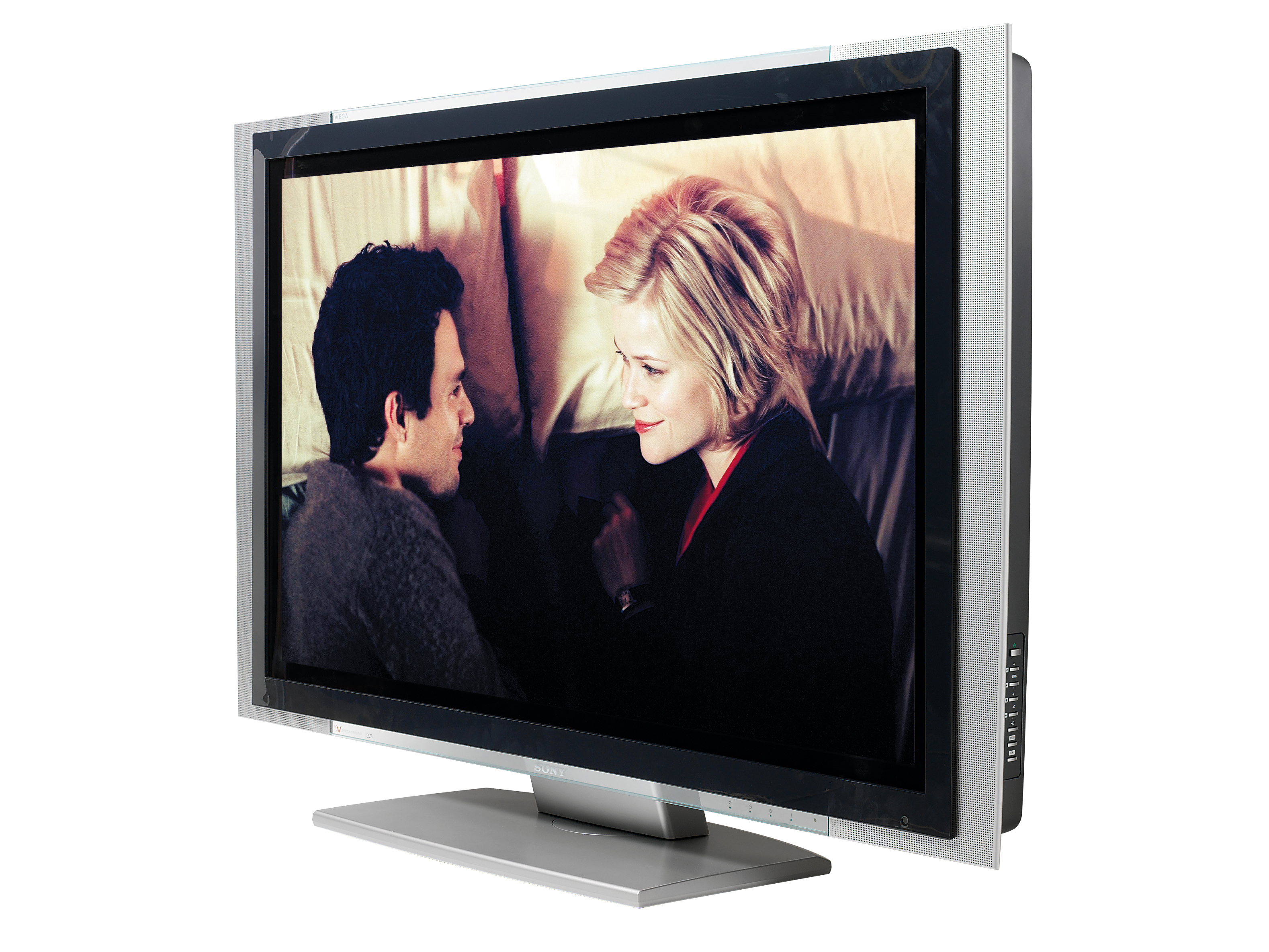TechRadar Verdict
It looks the part, and comes with a prestige price point, but it doesn't quite deliver on its promise
Pros
- +
Gorgeous design
audio
looks great with HD
Cons
- -
No PC compatibility
video noise with SD sources
Why you can trust TechRadar
Given the noise Sony has made about its BRAVIA LCD TV range, it's perhaps surprising to find this 50in plasma screen bearing the marque.
In many ways, the KDE-W50A12U is a place-holder for the brand, enabling it to have a large screen-size in the market, while LCD panel production techniques, from its joint venture activities with Samsung, improve to the point where buying in plasma glass isn't necessary.
So how does this model compare to similar size screens from the likes of Pioneer and Panasonic, who have a particularly vested interest in keeping the PDP bar high?
Aesthetically at least, it is as attractive as those of any rival, with subtle use of transparent glass in the frame above and below the screen adding real spice to the black and silver combination. Of course, the fact that the Sony logo in the glass section beneath the screen actually illuminates doesn't do the general levels of sex appeal any harm...
When it comes to connections, the W50A12U is almost fully-loaded. Those two HD Ready prerequisites of an HDMI input and component video jacks are joined by a trio of RGB Scarts, an S-video input, a composite video input, two RF inputs, and a CAM slot. The dual RF inputs and CAM slot reveal that as with just about every Sony flat-screen TV, the W50A12U carries a built in digital tuner.
Missing from the connections roster, though, is a PC jack.
The HD Ready connectivity mentioned a moment ago is backed up by a native resolution of 1366 x 768. Behind the glass itself is last season's WEGA Engine image processing.
Other tricks worthy of mention include support for the Freeview 8-day Electronic Programme Guide, complete with genre filtering and direct-selection timer event setting; standard noise reduction; a built-in subwoofer; and a power-saving mode that reduces the picture's intensity (a bit too drastically for my liking, actually).
Let loose on HCC's plethora of different image sources, the W50A12U proves a rather hit and miss performer. There's no doubt that the screen has an exceptionally wide-ranging and vivid colour spectrum. The riot of colour that is Willy Wonka's chocolate river cavern looks, aptly enough, good enough to eat. But crucially this Sony doesn't just do aggressive; more subdued scenes like those in Charlie's decrepit home avoid the green or blue undertones - even over plasma and LCD efforts.
The W50A12U also responds well to high-definition sources. Hook up an Xbox 360 and it looks nothing short of spectacular. Swap the games console for an HD source, like a D-VHS deck running the ever-revealing Alien, and the results are sharp, impressively textured, and free of noise.
The W50A12U's black level performance is reasonable without being exceptional. Our Tech Labs measured contrast at 150:1 after calibration, which is surprisingly low.
The W50A12U's problems only really kick in when you drop a rung or two down the source quality ladder. Hook-up an upscaling DVD player, and the Sony begins to exaggerate any noise that might either be inherent in a source DVD or added by the deck's scaling systems. This can make faux 720p feeds look a good deal noisier and softer than their true HD counterparts.
Noise is also the main issue during ordinary TV viewing. Any MPEG blocking that might be in a digital broadcast seems much more dominant than usual. At first it was difficult to put my fingers on why this might be the case; Sony's digital tuners don't tend to be suspect, and WEGA Engine historically has done a good job of actually reducing video noise. As I spent longer with the TV, though, I began to suspect that its noise issues have something to do with the fact that weaker sources reveal one or two unexpectedly oldschool problems with the TV's core plasma technology.
With standard-definition viewing horizontal motion is sometimes accompanied by traces of dot tizzing. Also, it gradually becomes apparent that there are really quite serious amounts of general background dot crawl undermining the picture - caused, I presume, by a failure to adequately control the residual voltages in individual pixels. I even occasionally detected that most irksome of once-common plasma issues, colour striping.
A final debit, spotted when viewing Sky via RGB Scart, was an unexpected tendency to make contoured edges - especially those round faces - look jagged and over-emphasised. The W50A12U's audio system is builtaround Sony's S-Master digital processing technology - and is actually very good indeed. The built-in sub pumps out oodles of mid-bass and the stereo presentation is wide and enjoyable.
What in all probability will be Sony's plasma swan song (at least in the consumer field, it still sells PDPs to commercial users) is a mixed bag. It looks the part, and comes with a prestige price point. But while I wouldn't quite go so far as to describe the set as a wolf in sheep's clothing, it's certainly nothing like the benchmark product some might expect it to be. John Archer
Tech.co.uk was the former name of TechRadar.com. Its staff were at the forefront of the digital publishing revolution, and spearheaded the move to bring consumer technology journalism to its natural home – online. Many of the current TechRadar staff started life a Tech.co.uk staff writer, covering everything from the emerging smartphone market to the evolving market of personal computers. Think of it as the building blocks of the TechRadar you love today.
